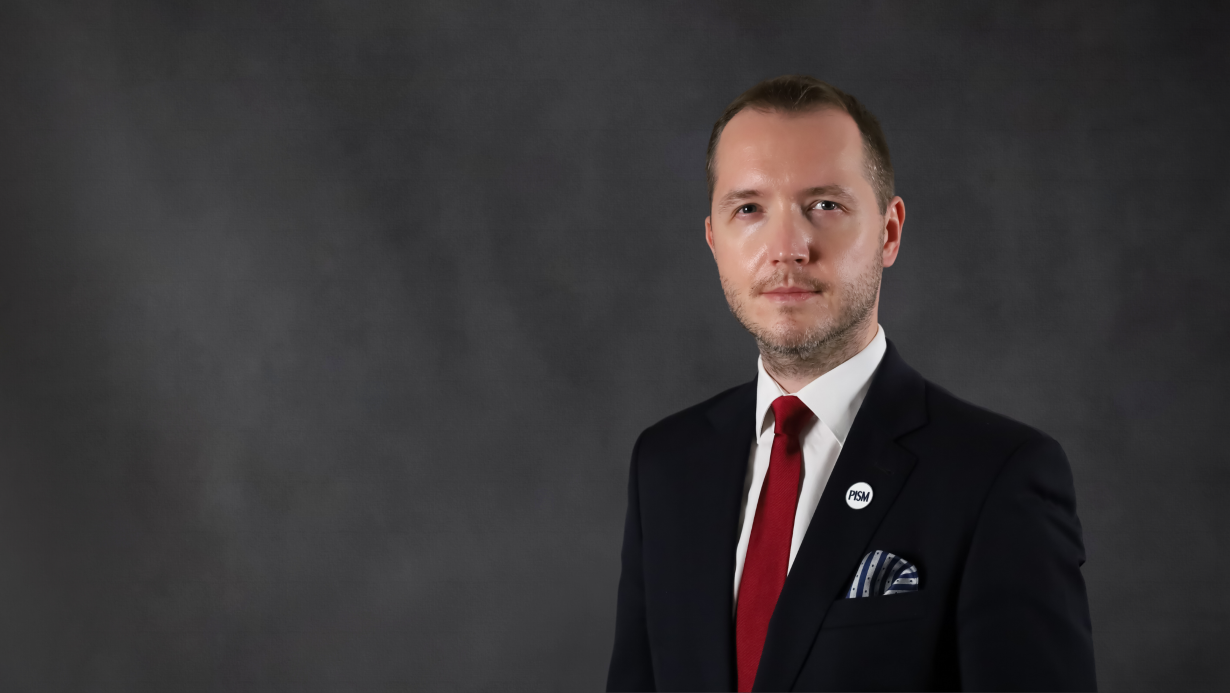The Division Summit—G7 Meeting in Canada

Is the U.S. “isolated” in the G7?
U.S. unilateral actions taken since the beginning of Trump’s presidency, including protectionist trade policy, especially the tariffs on steel and aluminium, and withdrawal from the Paris climate accord and the agreement with Iran (JCPOA) led to the alienation of the U.S. during the G7 summit. The other members of the group tried unsuccessfully to persuade the U.S. administration to change its policy. The lack of agreement on key issues indicates a deepening gap between the most-developed Western, allied countries, including those in NATO. Despite significant differences of opinion, the U.S. is not truly isolated because of its economic and political importance. The dialogue with the U.S. administration, although difficult, will be maintained by the rest of the G7.
What was agreed during the summit?
In the final communique, the G7 members declared their support for free and fair trade and sustainable development, among others, although the U.S. took a separate position in regard to climate change. Moreover, the countries declared they will cooperate to limit third countries’ interference in electoral processes and to protect oceans and seas.
However, the status of the communique is unclear, as after its publication Trump stated on Twitter that the U.S. would withdraw its endorsement of the document. This was in reaction to a statement by Canadian Prime Minister Justin Trudeau at a final press conference announcing retaliatory actions in response to U.S. steel and aluminium tariffs. Thus, the summit ended with a lack of progress in discussions on trade policy and the prospect of an escalation of disputes in that area.
Is Russia’s return to the group possible?
The summit revealed divisions in the context of shaping relations with Russia. Before the start of the summit, Trump surprised his partners by advocating Russia’s reinstatement to the group (it was excluded after the annexation of Crimea in 2014). Only Italian Prime Minister Giuseppe Conte expressed support for a return to the G8 format. However, the proposal met with opposition from the other members—Germany, France, UK, Canada and Japan—because there has been no change in Russia’s policy towards Ukraine. A return to the G8 is unlikely.
At the same time, Italy’s support for the restoration of the G8 may indicate difficulties in maintaining EU unity towards Russia, including the sanctions imposed on it over Crimea’s annexation. A decision on this matter is to be taken at the EU summit in June.
What role will the G7 play?
As a result of the disputes within the group, the significance of the G7 is waning. Instead of forging positions by the most-developed Western countries on global topics, the group has begun to serve as a communication channel of six of its members with the U.S., symbolised by descriptions of the summit as the “G6 + 1.” Therefore, the future of the format will depend on the willingness of the U.S. to engage in it.
Regardless of the U.S. approach, the significance of the G7 will decrease given the stronger position in the global economy and politics of countries such as China and India. For this reason, wider cooperation formats that include emerging markets are gaining importance. This applies in particular to the G20, which played a key role in combating the effects of the last global financial crisis.





